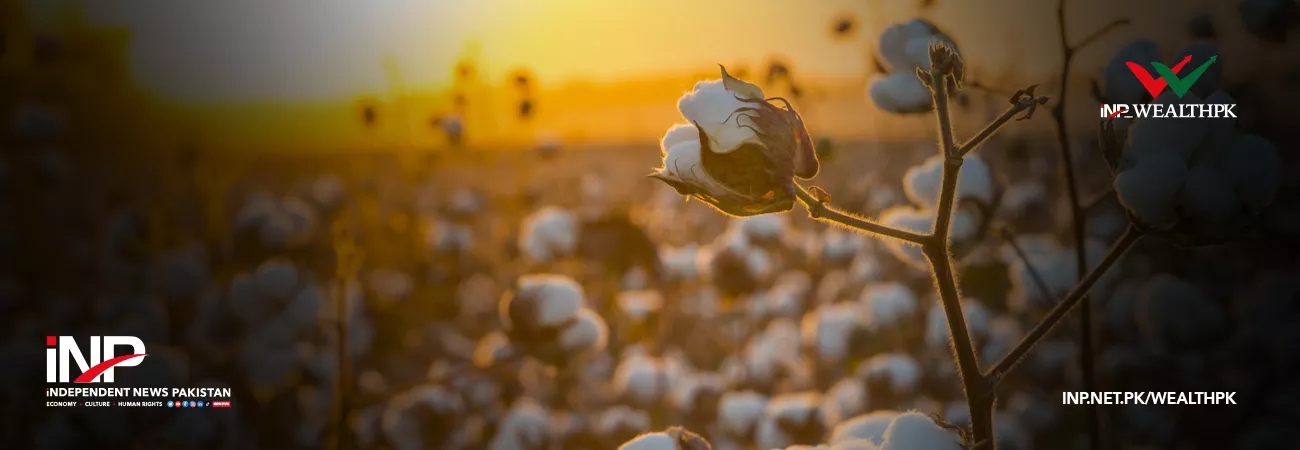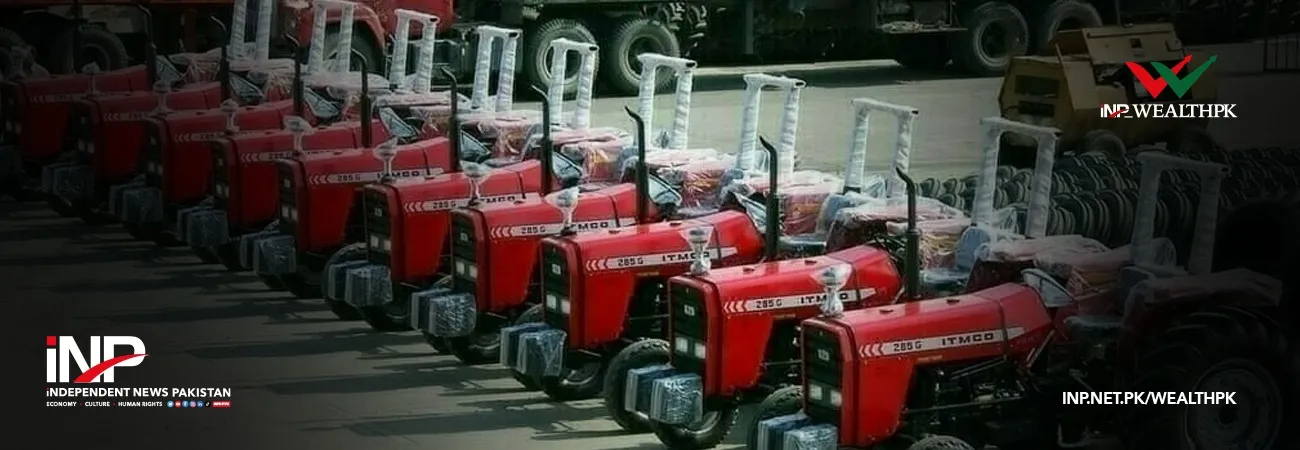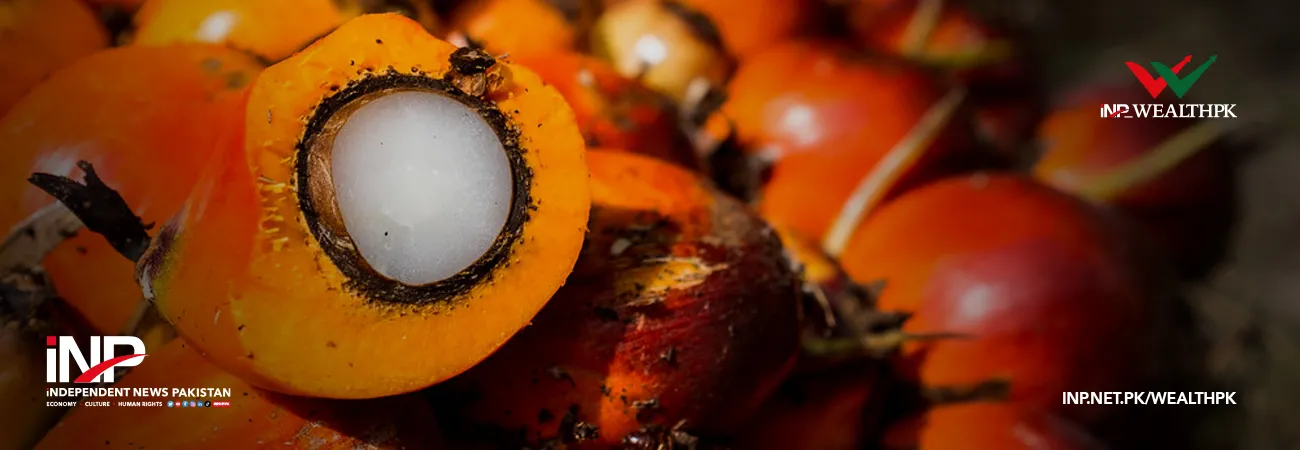INP-WealthPk
Arsalan Ali
Punjab, Pakistan's largest cotton-producing region, is set to embark on a ground-breaking initiative to revitalise cotton cultivation and reduce dependence on imported cotton for textile industry. The initiative will focus on ensuring adequate water supplies and providing subsidies for quality inputs (seeds, fertilisers, and pesticides). By reducing the import bill of cotton, Punjab's cotton cultivation plan aims to strengthen Pakistan's economy and enhance its self-sufficiency. The import bill of raw cotton during the first 10 months (July-April) of the current fiscal year (2022-23) stood at $1.5206 billion against $1.4143 billion during the same period of the last fiscal year, data from the Pakistan Bureau of Statistics (PBS) shows.
The provincial government of Punjab has introduced the Cotton Action Plan 2023-24 with a promising aim of generating $3 billion in foreign exchange. To overcome the persistent challenges faced by the cotton sector, including consecutive crop failures, the administration, agriculture department, and other stakeholders are collaborating closely to enhance the area dedicated to cotton cultivation, which has experienced a decline in recent years.
According to Iftikhar Ali Sahu, Secretary of Agriculture in Punjab province, cotton cultivation has already taken place on over 3.663 million acres of land. He said this accounts for about 80% of the target set for five million acres land in the province this year. He said this achievement has been facilitated by offering subsidies to farmers on quality seeds, fertilisers, and pesticides.
Talking to WealthPK, Dr Gohar Ejaz, Patron-in-Chief of the All Pakistan Textile Mills Association (APTMA), stressed the need for prompt measures to enhance cotton production. He stated that such actions are essential for Pakistan to attain self-sufficiency in cotton production and reduce its reliance on imports. He said the implementation of these urgent measures is expected to foster sustainable growth in both the cotton and textile sectors. He said the country's per hectare yield lagging behind at a meagre 400 kilograms—ranks 47th globally. He said the per hectare yield of cotton is as high as 1,800kg in the US and other countries.
“Pakistan's farmers struggle to compete and reap adequate profits, while the textile sector is grappling with a severe shortage of cotton,” he said. Dr Gohar said Pakistan's cotton production deficit is crippling the textile sector, which requires 12 to 15 million bales annually. He mentioned that this year's domestic production is 5 million bales. He said cotton production was 13 million bales in Pakistan in 1992. “A sharp fall is observed in cotton production after 2012,” he added. Dr Gohar said this alarming trend has caused Pakistan to slide from the 4th to the 7th position among cotton-producing countries, affecting its global standing.
According to him, farmers in Pakistan find themselves at disadvantage due to persistently low cotton yield. When profits are meagre, it becomes difficult for them to justify cultivating cotton in the first place. Consequently, the industry's growth potential remains untapped, and Pakistan's textile sector continues to face significant challenges in generating substantial revenues.
Dr Gohar asserted that time has come for the Pakistani government to prioritise the agricultural and export sectors, aiming to reduce the burden of importing commodities. “Addressing the cotton crisis necessitates a comprehensive strategy that focuses on improving the yield through the introduction of quality seeds and modern farming techniques that would help increase cotton production,” he said.
Moreover, he stated that the vast expanses of untapped land in southern Punjab present an immense opportunity to bolster cotton cultivation and production. According to a report by the Ministry of National Food Security and Research, cotton production in Pakistan has experienced a significant decline of 35.49% over the past 12 years. In 2021-22, cotton production dropped to 8.33 million bales, a decrease from 12.91 million bales recorded in 2009-10.
Credit: Independent News Pakistan-WealthPk













